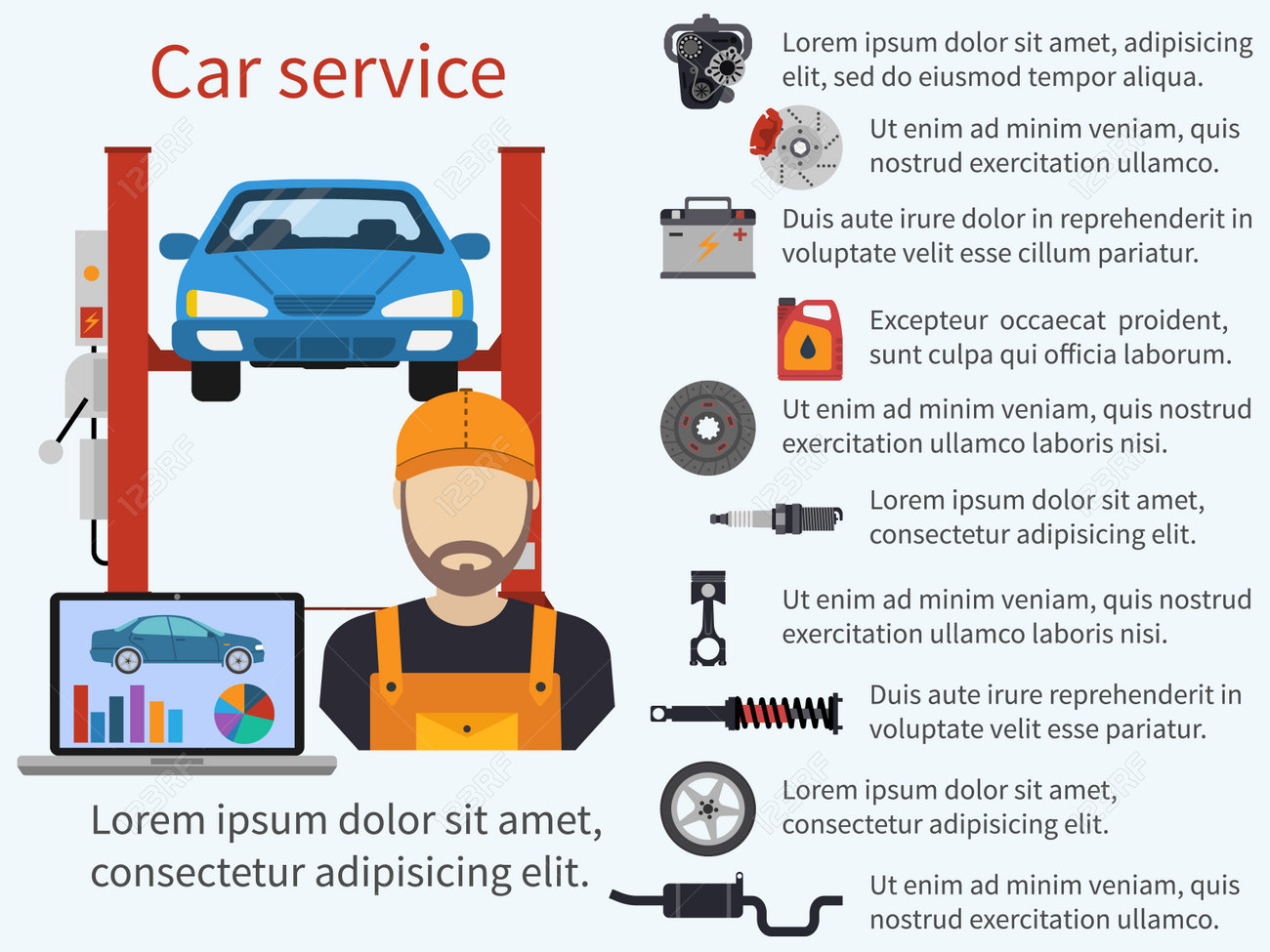Assessing Your Automobile'S Warning Indicators: What They Truly Share
Assessing Your Automobile'S Warning Indicators: What They Truly Share
Blog Article
Authored By-Sykes Shepherd
When you're behind the wheel, those beautiful warning lights on your control panel can be a bit perplexing. Do you know what they're trying to inform you concerning your car's wellness? Understanding the relevance of these lights is vital for your security and the durability of your automobile. So, the following time among those lights pops up, would not you want to understand its message properly and take the required steps to address it?
Common Warning Lighting and Interpretations
Recognize usual warning lights in your automobile and understand their definitions to make certain safe driving.
The most typical caution lights consist of the check engine light, which indicates issues with the engine or exhausts system. If this light comes on, it's important to have your car inspected quickly.
The oil pressure advising light shows low oil stress, calling for prompt focus to avoid engine damages.
A blinking battery light might suggest a malfunctioning billing system, possibly leaving you stranded otherwise dealt with.
Recommended Resource site (TPMS) light signals you to low tire stress, impacting car stability and gas performance. Overlooking this could cause harmful driving problems.
The ABS light indicates an issue with the anti-lock stopping system, jeopardizing your capability to stop promptly in emergencies.
Lastly, the coolant temperature level alerting light warns of engine overheating, which can lead to extreme damage otherwise settled swiftly.
Comprehending these usual warning lights will assist you resolve concerns immediately and keep secure driving conditions.
Significance of Prompt Focus
Understanding the typical caution lights in your cars and truck is just the initial step; the value of immediately resolving these warnings can't be highlighted enough to ensure your safety and security when traveling.
When a warning light brightens on your dashboard, it's your automobile's method of communicating a potential concern that requires focus. Ignoring these warnings can result in a lot more extreme troubles down the road, jeopardizing your safety and potentially costing you more in repairs.
Trigger interest to cautioning lights can prevent break downs and crashes. For instance, a flashing check engine light could suggest a misfire that, if left neglected, might cause damage to the catalytic converter. Resolving this immediately can conserve you from an expensive repair.
Likewise, a brake system cautioning light might indicate reduced brake liquid or used brake pads, important components for your safety when driving.
DIY Troubleshooting Tips
If you discover a warning light on your control panel, there are a few do it yourself fixing suggestions you can attempt prior to seeking expert help.
steam clean engine bay is to consult your cars and truck's handbook to understand what the particular caution light shows. Occasionally the concern can be as simple as a loose gas cap activating the check engine light. Tightening the gas cap might solve the problem.
One more usual concern is a low battery, which can cause different warning lights. Inspecting the battery links for corrosion and guaranteeing they're safe and secure may fix the trouble.
If a caution light lingers, you can attempt resetting it by separating the car's battery for a couple of minutes and then reconnecting it. Additionally, inspecting your car's fluid levels, such as oil, coolant, and brake fluid, can assist fix advising lights related to these systems.
https://oilchangedealsnearme73849.csublogs.com/38820369/eco-friendly-cars-and-truck-describing-products-you-should-try , understanding your car's warning lights is necessary for maintaining your automobile running efficiently and safely. By without visit the following web page dealing with these signals and knowing what they indicate, you can avoid costly repair services and potential malfunctions.
Remember to consult your auto's guidebook for particular details on each cautioning light and act accordingly to make sure a trouble-free driving experience.
Stay notified, remain risk-free when driving!
